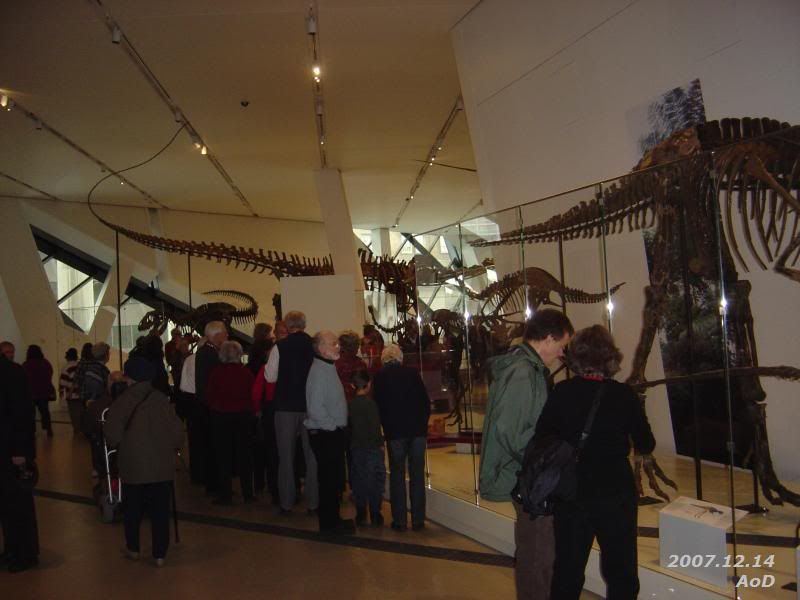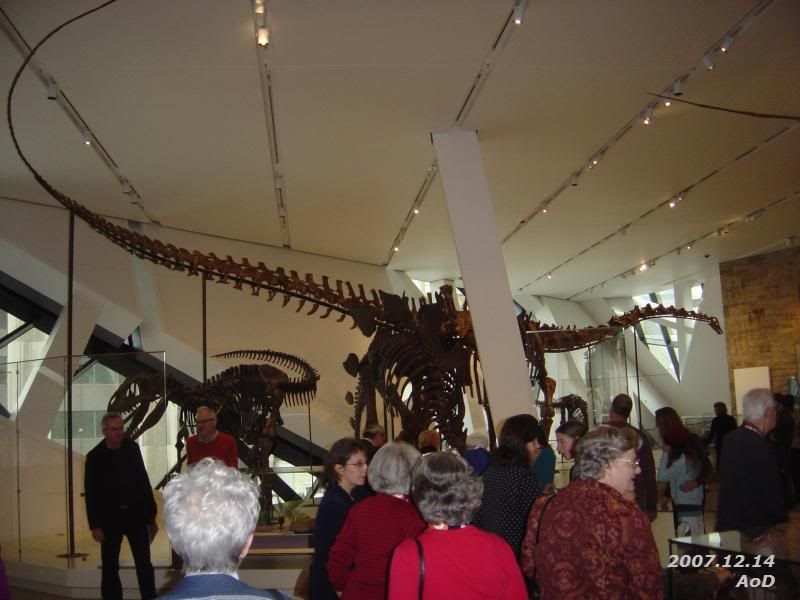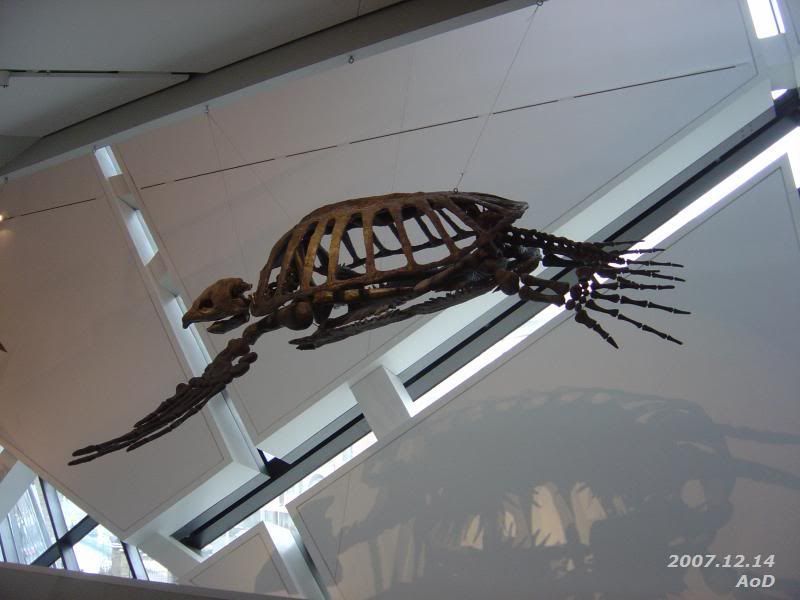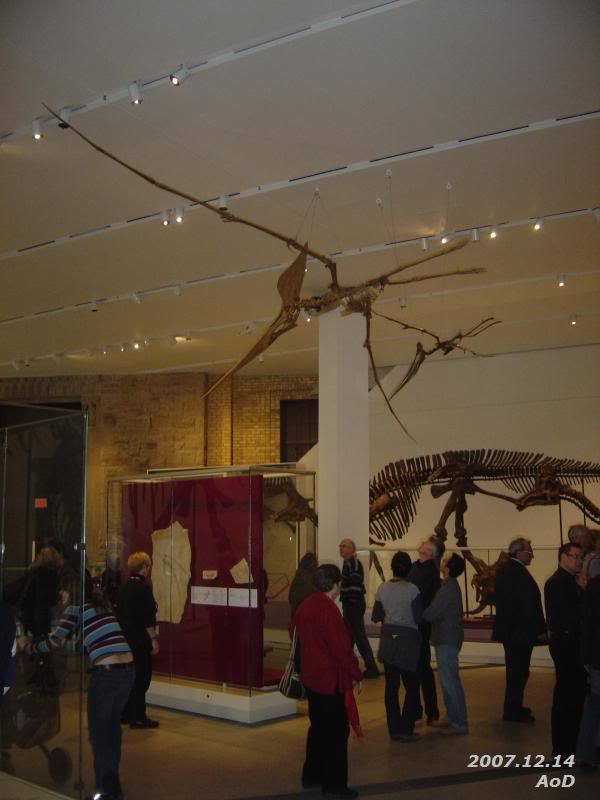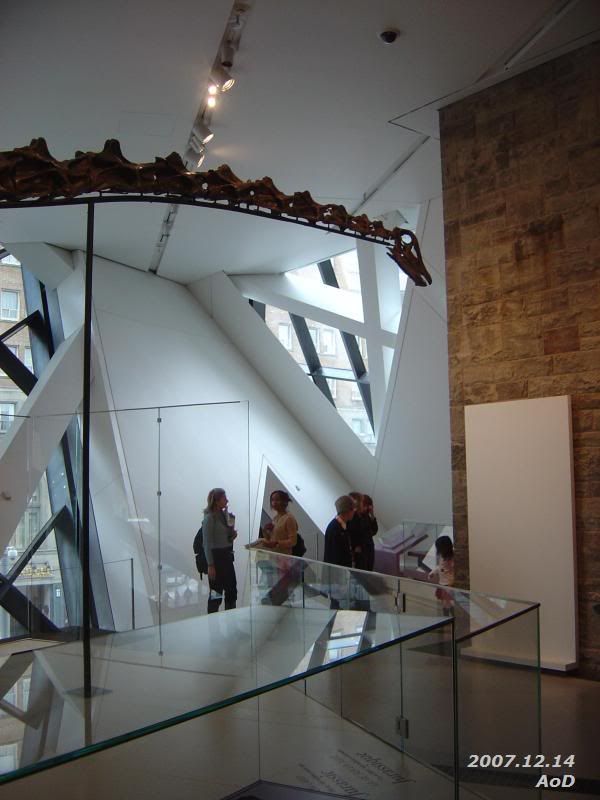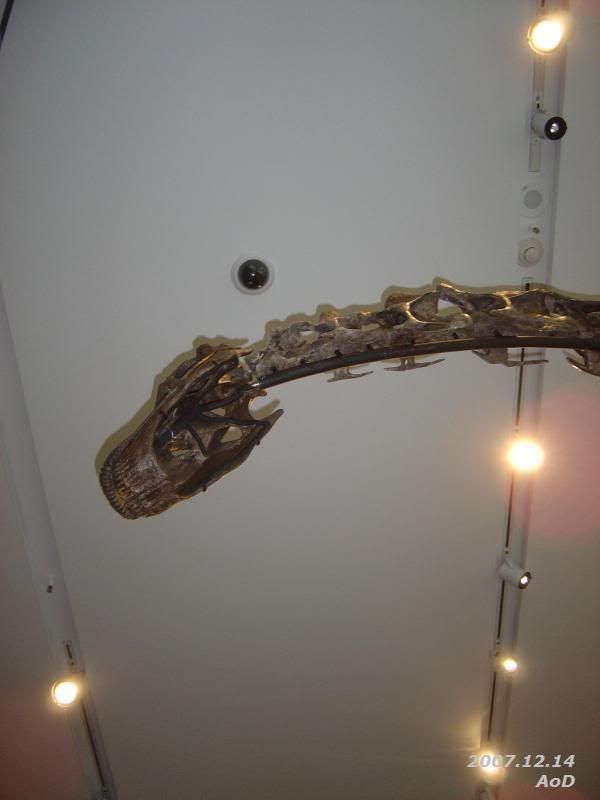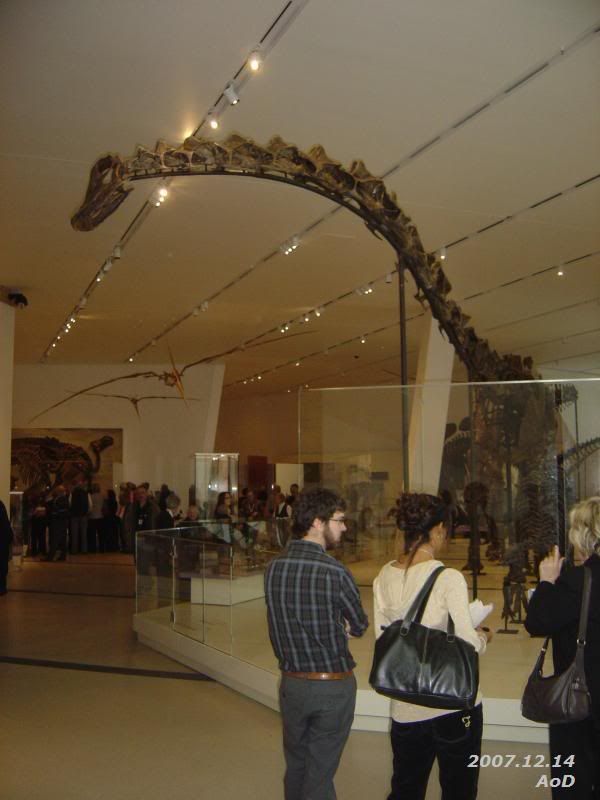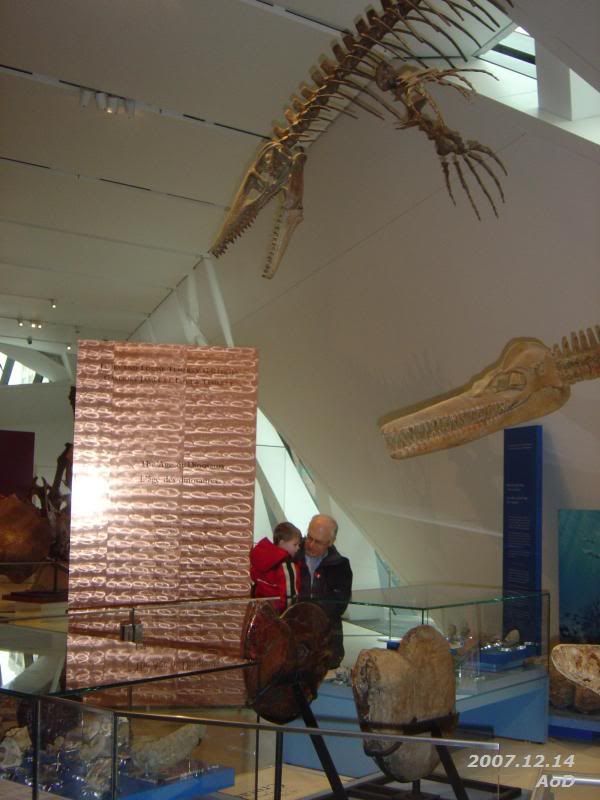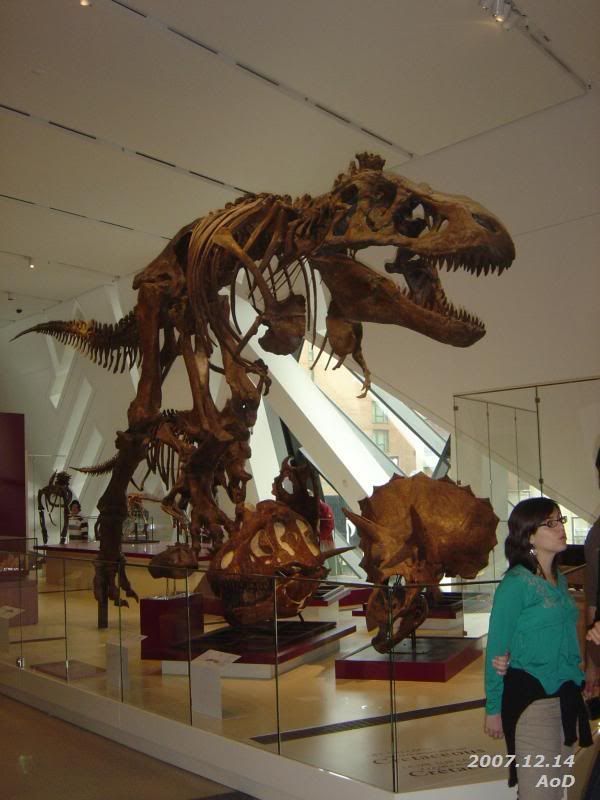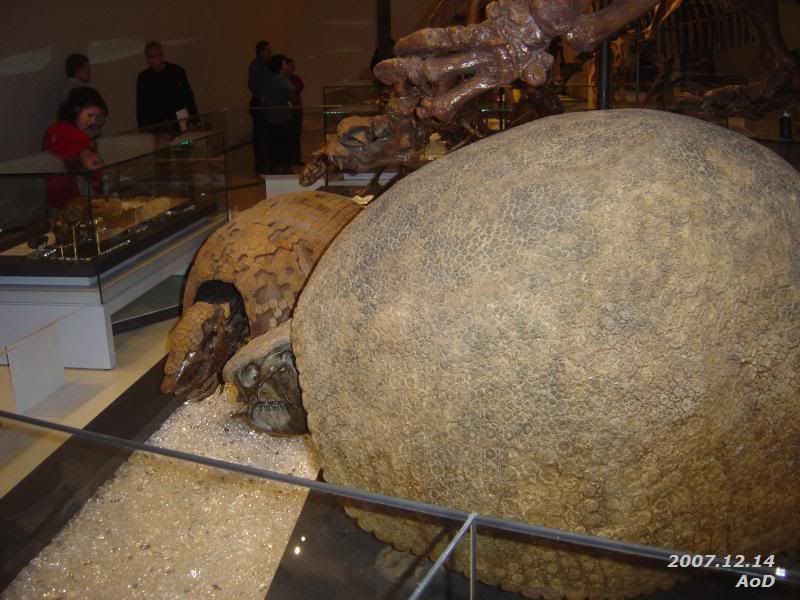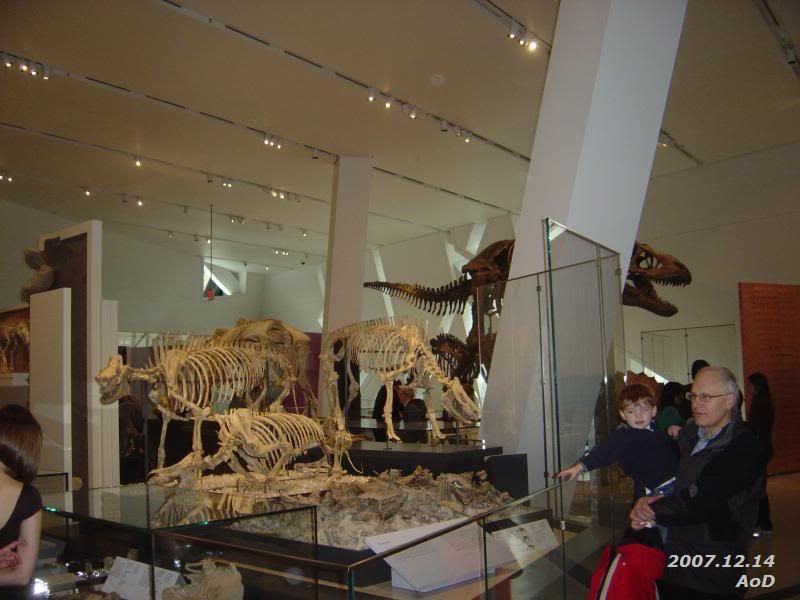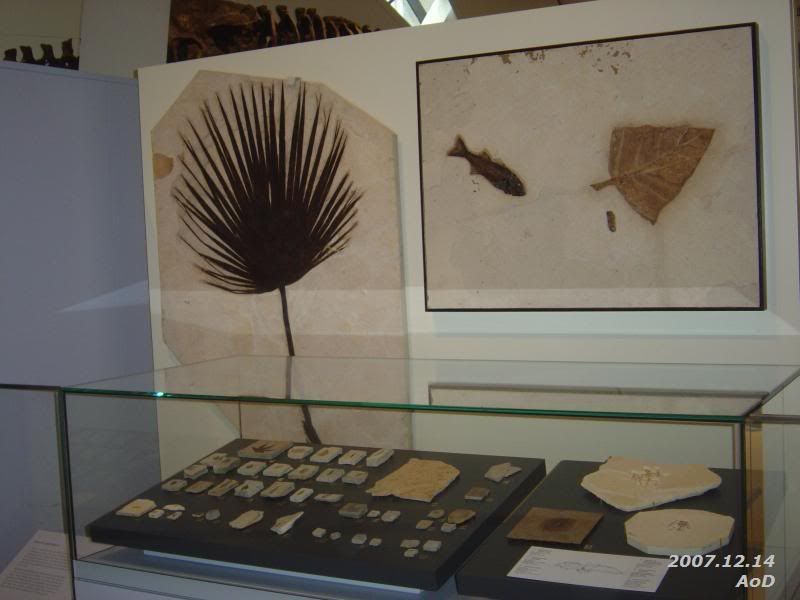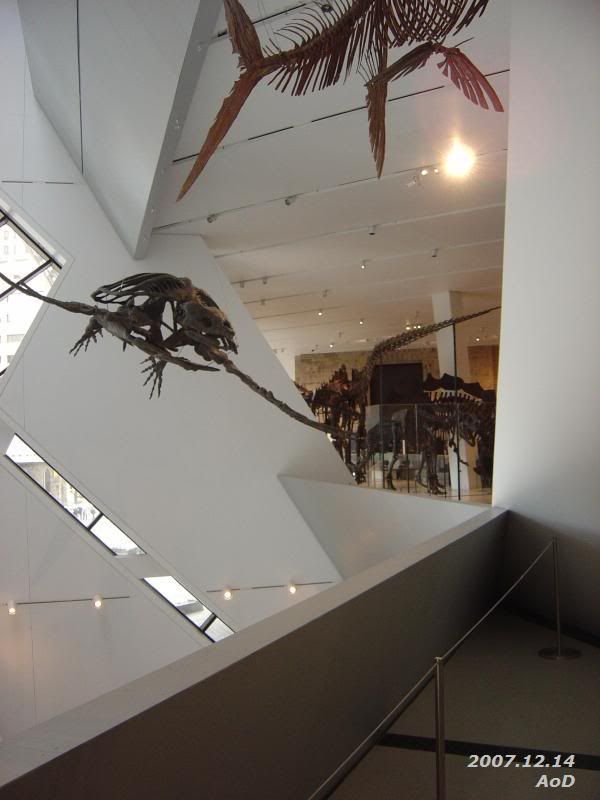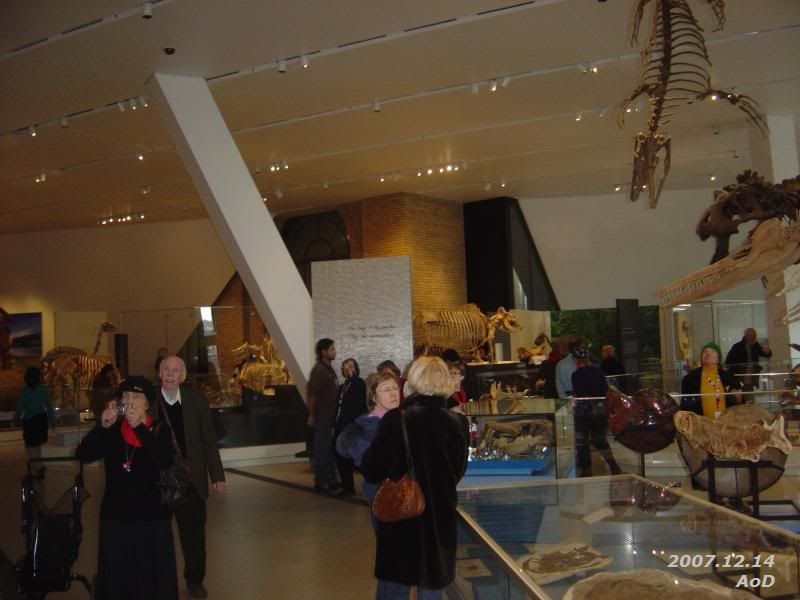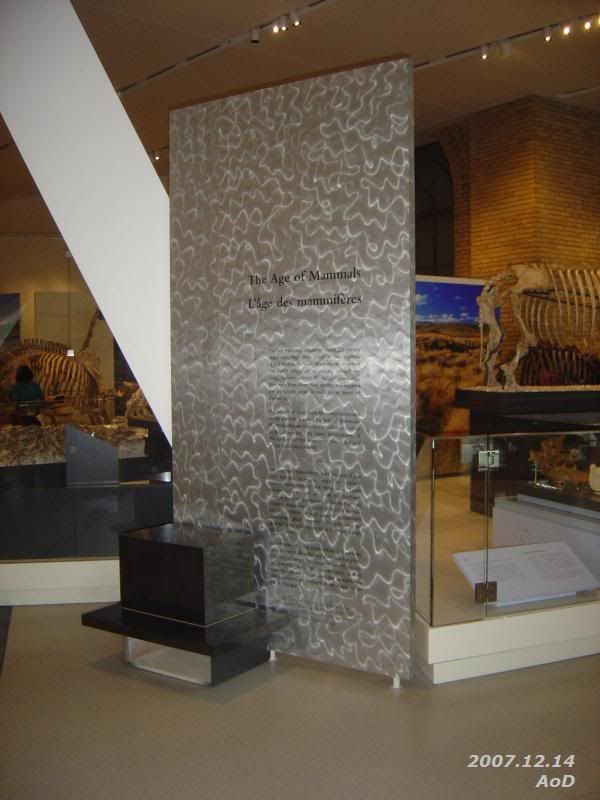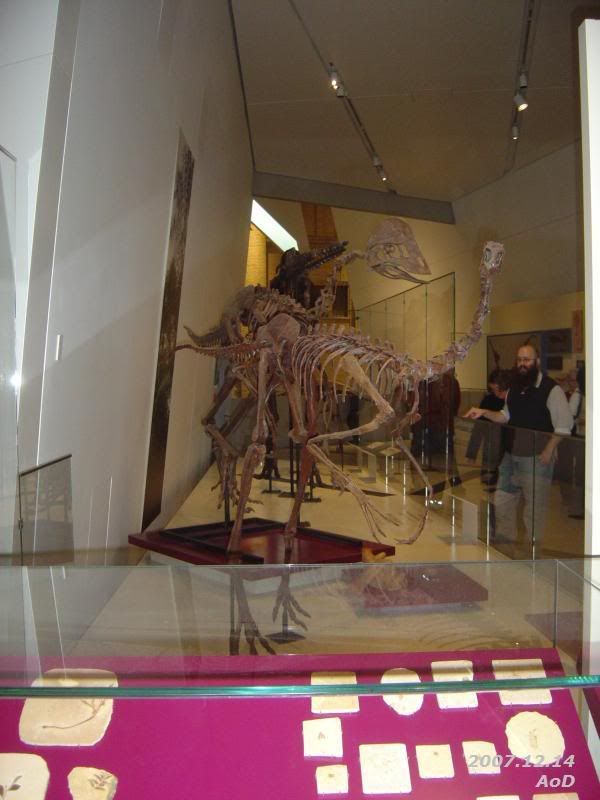wyliepoon
Senior Member
Canadian Architect
Link to article
Bold Visions: The Architecture of the Royal Ontario Museum soon to be released
The Royal Ontario Museum (ROM) offers an intriguing look at its architecture – past and present – in its newest publication Bold Visions: The Architecture of the Royal Ontario Museum. In this visually stunning 200-page book, author Kelvin Browne presents the evolution of the ROM's architecture from the beginning of the 20th century to the June 2007 opening of the Michael Lee-Chin Crystal. Accompanying the textual study are more 250 historical photos of the Museum and never-before-seen images of the Lee-Chin Crystal in construction by photographer Steven Evans.
"The architecture of museums must serve classic purposes, but should also contribute iridescently to the identity of the cities and societies in which they exist—thus the requirement for bold visions in museum-making, whatever the place or time," noted William Thorsell, ROM Director and CEO in Bold Visions' foreword.
Bold Visions is the ROM's first comprehensive overview of its architectural history. Through this thoughtful study, the author presents the ROM and its neighbours – the University of Toronto colleges and the numerous cultural institutions undergoing architectural transformations in the city – and reveals the long list of factors that have contributed to the Museum's architecture since it first opened its doors in 1914. The book guides the reader from the earliest ROM, the 1914 Philosophers' Walk Wing through the additions that followed in 1933, 1968, and 1984. An eight panel pull-out section illustrates the building's evolution. A substantial component is devoted to the newest addition to Toronto's landscape, the Daniel Libeskind-designed Michael Lee-Chin Crystal, and reveals how Renaissance ROM, the Museum's expansion and renovation project, has restored the logic of the Museum's original Beaux Arts master plan. Bold Visions includes an interview with architect Daniel Libeskind.
Kelvin Browne holds a Master of Architecture Degree from the University of Toronto and began his career working in architecture. He became associated with the Royal Ontario Museum in 1998 as a volunteer. In 2004, he joined the ROM on staff as Managing Director of the Institute for Contemporary Culture and in 2007 was appointed the Museum's Executive Director of Marketing and Commercial Development. He writes frequently about architecture, design and gardening for a variety of publications.
Bold Visions is available in the ROM Museum Store and bookstores across the country as of December 17, 2007 for $44.99 (softcover) and $64.99 (hardcover), plus applicable taxes.
Link to article
Bold Visions: The Architecture of the Royal Ontario Museum soon to be released
The Royal Ontario Museum (ROM) offers an intriguing look at its architecture – past and present – in its newest publication Bold Visions: The Architecture of the Royal Ontario Museum. In this visually stunning 200-page book, author Kelvin Browne presents the evolution of the ROM's architecture from the beginning of the 20th century to the June 2007 opening of the Michael Lee-Chin Crystal. Accompanying the textual study are more 250 historical photos of the Museum and never-before-seen images of the Lee-Chin Crystal in construction by photographer Steven Evans.
"The architecture of museums must serve classic purposes, but should also contribute iridescently to the identity of the cities and societies in which they exist—thus the requirement for bold visions in museum-making, whatever the place or time," noted William Thorsell, ROM Director and CEO in Bold Visions' foreword.
Bold Visions is the ROM's first comprehensive overview of its architectural history. Through this thoughtful study, the author presents the ROM and its neighbours – the University of Toronto colleges and the numerous cultural institutions undergoing architectural transformations in the city – and reveals the long list of factors that have contributed to the Museum's architecture since it first opened its doors in 1914. The book guides the reader from the earliest ROM, the 1914 Philosophers' Walk Wing through the additions that followed in 1933, 1968, and 1984. An eight panel pull-out section illustrates the building's evolution. A substantial component is devoted to the newest addition to Toronto's landscape, the Daniel Libeskind-designed Michael Lee-Chin Crystal, and reveals how Renaissance ROM, the Museum's expansion and renovation project, has restored the logic of the Museum's original Beaux Arts master plan. Bold Visions includes an interview with architect Daniel Libeskind.
Kelvin Browne holds a Master of Architecture Degree from the University of Toronto and began his career working in architecture. He became associated with the Royal Ontario Museum in 1998 as a volunteer. In 2004, he joined the ROM on staff as Managing Director of the Institute for Contemporary Culture and in 2007 was appointed the Museum's Executive Director of Marketing and Commercial Development. He writes frequently about architecture, design and gardening for a variety of publications.
Bold Visions is available in the ROM Museum Store and bookstores across the country as of December 17, 2007 for $44.99 (softcover) and $64.99 (hardcover), plus applicable taxes.
